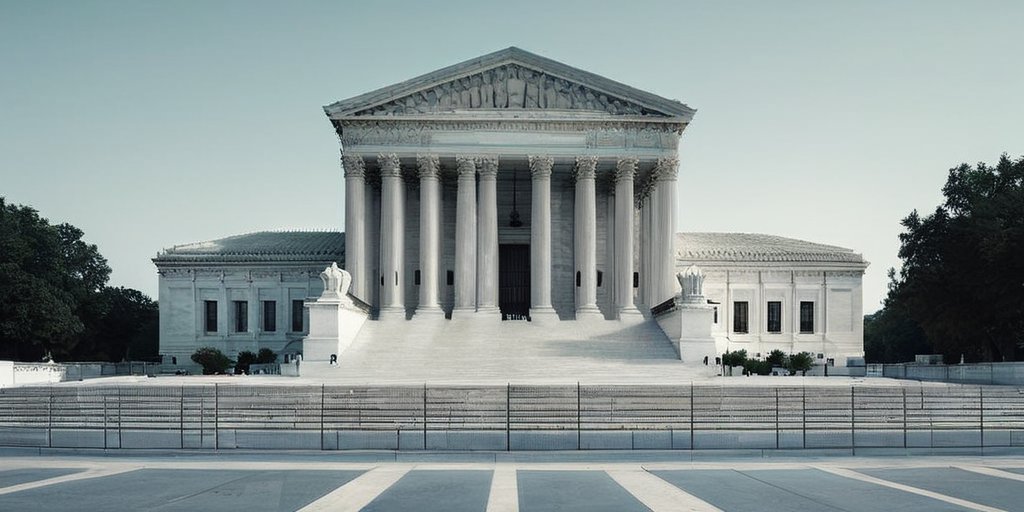In a remarkable display of judicial alignment, Chief Justice John Roberts and Justice Amy Coney Barrett have signaled a shift in the authority of the presidency in their recent rulings. This trend reflects a growing allegiance of the Supreme Court’s conservative bloc with President Trump in his second term, allowing for expansive executive powers that could potentially reshape numerous federal policies.
The watershed moment came when the Supreme Court issued a decisive ruling concerning birthright citizenship, which has ignited heated debates about the implications for immigration policy. The Court’s 6-3 ruling put into focus not only the controversial stance of excluding U.S.-born children from automatic citizenship based on their parents’ legal status but also the overall increase in executive power. Following the ruling, Trump expressed his gratitude towards the justices, highlighting Barrett’s role in the crafted opinion as “brilliantly written.”
The judicial reassessment of executive authority came into sharper relief during discussions over universal injunctions—a legal remedy increasingly employed by lower courts to counteract sweeping executive orders issued by the Trump administration. In her opinion, Barrett argued against these injunctions, marking a significant judicial restraint on the capacities of lower courts while simultaneously empowering the executive branch. This argument resonates with Trump’s broader objections to the judiciary’s role in curbing his authority.
The conservative majority’s decisions have tended to favor Trump-administration policies, including contentious issues surrounding immigration and LGBTQ rights. For instance, just last week, the Court upheld state enactments aiming to limit gender-affirming care for minors, further cementing the executive stance on social policies that align with Trump’s agenda. Barrett’s articulate defense of the conservative majority’s approach signals an ongoing trend where the justices favor a strong presiding authority in the executive branch that can unilaterally direct policy without extensive judicial intervention.
As Trump looks ahead, the Court’s backing positions him advantageously, particularly as his administration gears up for the politically charged landscape of the upcoming elections. Previous dissensions from the bench, notably by Justice Sonia Sotomayor, underline the stark divide among justices regarding the scope of executive action, especially about historical paradigms established in bits of jurisprudence like the Dred Scott case.
This delicate interplay between judicial authority and the presidency is anticipated to shape Trump’s future political maneuvers and the broader implications for American governance. With a clear trajectory favoring Trump, the potency of executive power may indeed reach new heights, ushering in a new context for the interplay of authority within the American legal framework.
